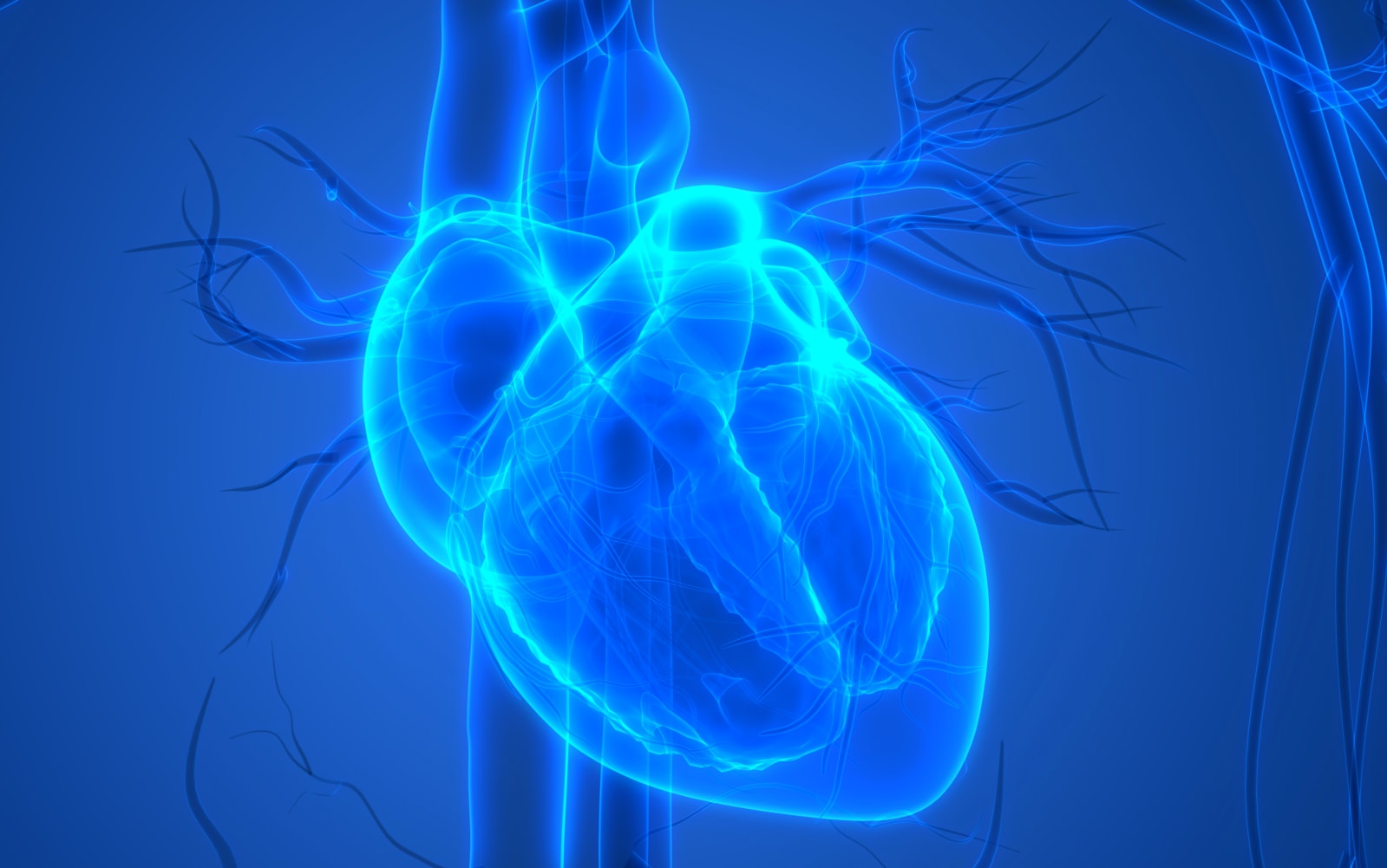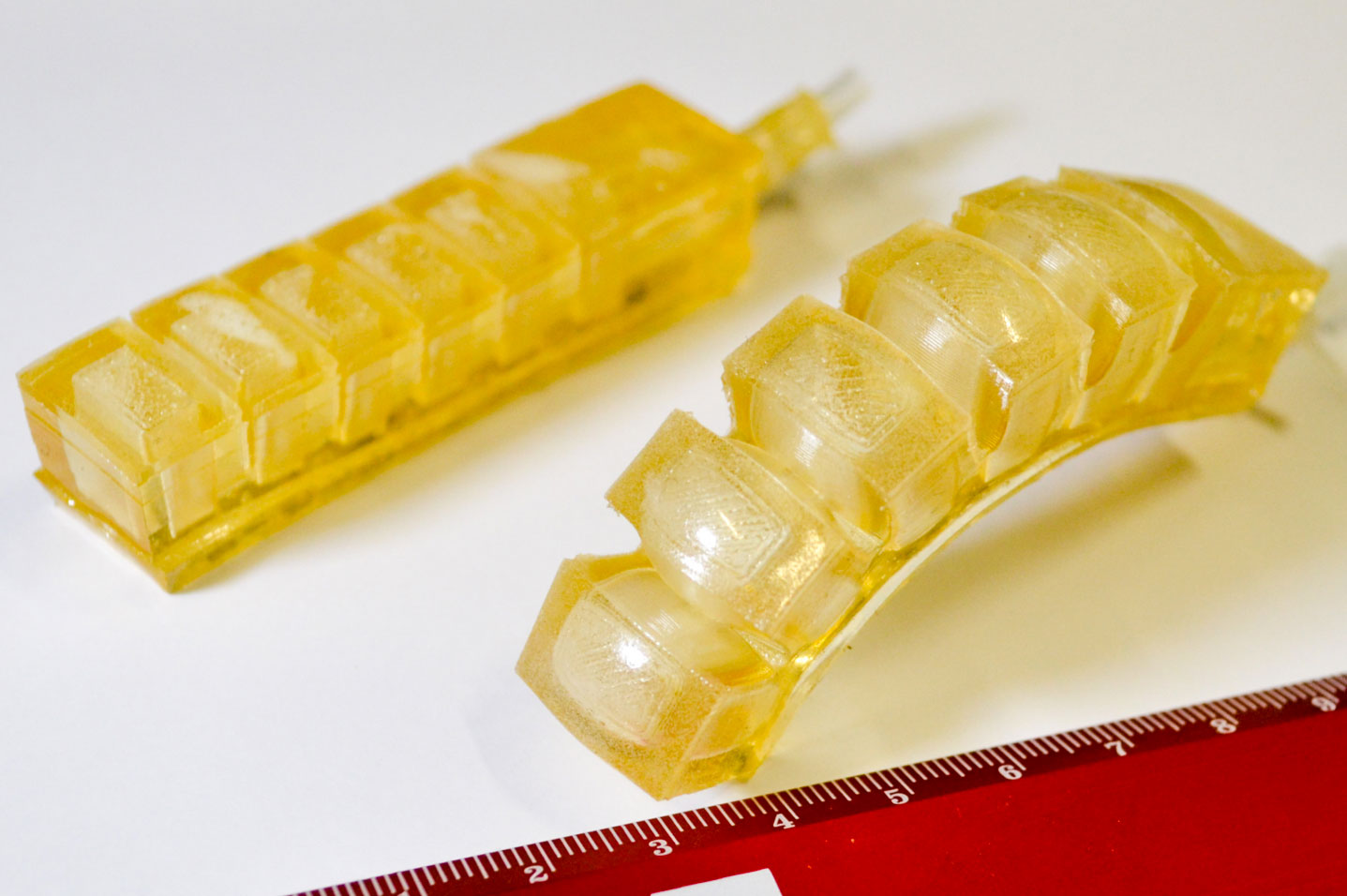
Batteries used to be the only way to power implantable gadgets, but additional surgeries are needed to replace the power packs once their juice runs out -- a less-than-ideal solution for patients. Recent discoveries, however, have such medgadgets being powered by photons, hip hop and now high-frequency radio waves. Electrical engineers at Stanford built a cardiac device that uses a combination of inductive and radiative transmission of power, at about 1.7 billion cycles per second, to its coiled receiving antenna.
Previous prevailing opinion held that the high frequencies needed for wireless power delivery couldn't penetrate the human body deep enough, and the lower frequencies that would do the trick require antennas too large to work as implants. That conundrum was solved by getting the high-frequency signals to penetrate deeper using alternating waves of electric and magnetic fields. That allowed a 10x increase in power delivery -- up to 50 microwatts to a millimeter radius antenna coil -- to an implant five centimeters below the skin. That antenna also was also designed to pull power regardless of its orientation, making it ideal for applications inside always-moving human bodies. Of course, the implant's really just a proof-of-concept at this stage, but hopefully it won't be long before battery powered implants go the way of the dodo TouchPad.
Filed under: Science
Stanford researchers make heart implant powered by radio waves, put batteries out of a job originally appeared on Engadget on Sun, 02 Sep 2012 23:56:00 EDT. Please see our terms for use of feeds.
Permalink  Stanford Engineering
Stanford Engineering |
 Applied Physics Letters
Applied Physics Letters |
Email this |
Comments
 The Chicago-based biotech company BIOLIFE4D announced today that it has successfully 3D-bioprinted a mini human heart. The tiny heart has the same structure as a full-sized heart, and the company says it's an important milestone in the push to create...
The Chicago-based biotech company BIOLIFE4D announced today that it has successfully 3D-bioprinted a mini human heart. The tiny heart has the same structure as a full-sized heart, and the company says it's an important milestone in the push to create...
 The Chicago-based biotech company BIOLIFE4D announced today that it has successfully 3D-bioprinted a mini human heart. The tiny heart has the same structure as a full-sized heart, and the company says it's an important milestone in the push to create...
The Chicago-based biotech company BIOLIFE4D announced today that it has successfully 3D-bioprinted a mini human heart. The tiny heart has the same structure as a full-sized heart, and the company says it's an important milestone in the push to create...


 The future of robotics is decidedly squishy. We've already seen gel-based 'bots that can catch fish, mimic octopi and even ones that can keep your heart pumping. And, if the researchers from Switzerland's EPFL are successful, they could soon be crawl...
The future of robotics is decidedly squishy. We've already seen gel-based 'bots that can catch fish, mimic octopi and even ones that can keep your heart pumping. And, if the researchers from Switzerland's EPFL are successful, they could soon be crawl...




